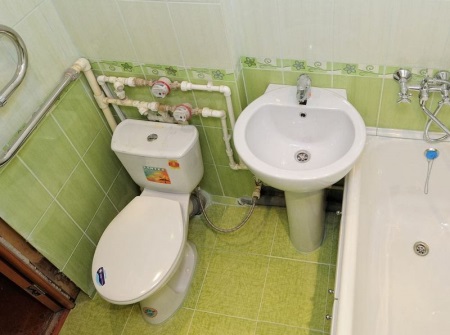Replacing pipes in the bathroom with your own hands

With the need to replace pipes in the bathroom, people are faced for two reasons. It can be a planned repair or an emergency replacement. Of course, the first option is the best, as you can prepare for it, buy all the materials and think through a work plan. The issue of replacing a pipe should be approached in a balanced manner, especially if it is done with your own hands. Erroneous actions or carelessness can lead to bad consequences. Immediately prior to installation, it is necessary to select the appropriate pipes, dismantle the old and prepare the room.
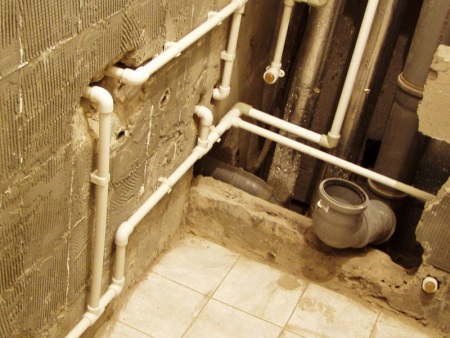
Arrangement of sewers by type of pipe
The main task of the sewer system - the supply of fresh and the withdrawal of waste water from the sink, bathtub and other appliances. The sewer system in an apartment or private home is quite complex, and often highly branched system, which includes:
- A riser with a cross-over for pipes of different diameters;
- The main line through which water flows out of the house;
- The pipe going to the bathroom (diameter 50 mm);
- the pipe going to the kitchen;
- additional branches.
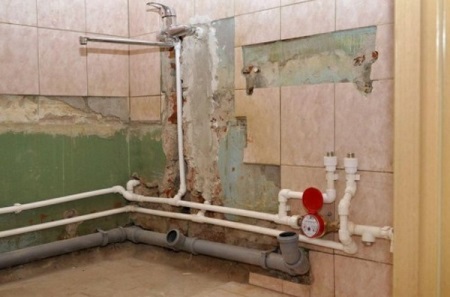
Today you can buy different types of pipes, differing in manufacturing material, characteristics, price, practicality and so on. All of them can be grouped into such groups:
Metal
Among metal pipes, the most common are cast iron pipes. They are as strong and durable as possible, but they corrode, get dirty quickly and are very heavy. As a rule, they are installed in old houses and apartments built 10 or more years ago. Steel products are also widely used. But it is quite difficult to install such pipes, because their connection requires a welding machine, and for cutting - a bolt cutter. You can do without welding, to do this, it is necessary to cut the threads on the ends of the connecting pipes. This is also done to connect the faucet. Because of corrosion, pipes need to be painted all the time.
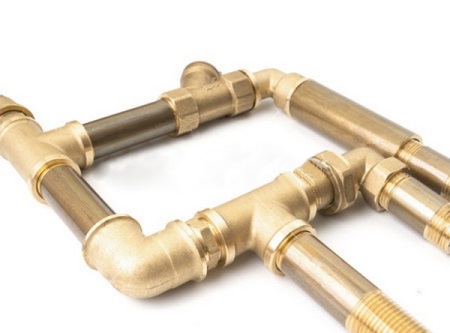
Metalloplastic .
They came to replace the metal pipes. Their inner part is made of aluminum, and the outer part is made of polyethylene. They are non-corrosive, quite strong and reliable. Such pipes are quite easy to bend without the need for welding heat. They can be cut with a simple metal hacksaw. After sanding with sandpaper, the pipe ends are connected with special fittings.
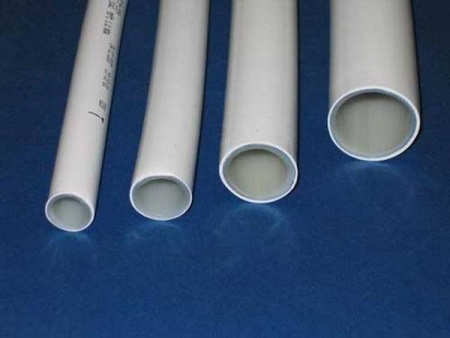
Polypropylene
These are very popular products, used mainly in apartments. They are lightweight, aesthetic appearance, resistance to rust, decent durability and ease of installation. In the permanent care and painting they do not need. Polypropylene pipes are easy to bend, cut them can be a simple knife, and they are connected by cold welding or with a special soldering iron, to work with which you do not need special skills. The low price and variety of such pipes contribute to their high popularity.
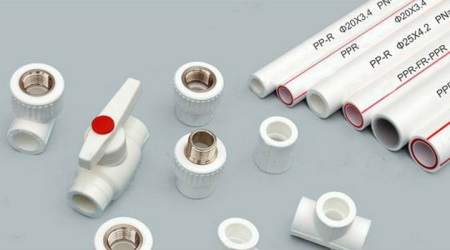
Preparatory work
Preparation includes the calculation of the need for pipes, materials and special tools for work, their purchase. In addition to pipes, you will need various tees, adapters, seals, from the tools - a grinder, welding, adjustable wrench, drill, knife, hammer and others (depending on the material of the pipes). To correctly calculate the need for materials, it is better to draw a plan of the sewer.
Before installation, the location of the pipes is drawn. When installing the drain, take into account the angle of inclination required for the best outflow of water through the pipes and the absence of clogs. Calculate it is very simple:
- For pipes with a diameter of 80-100 mm, the angle should be 2 percent.
- For pipes 40-50 mm - 3 percent.
In practice, everything is very simple. For example, if a pipe with a diameter of 50 mm is used, then on each meter of its length the slope should be 3 cm.
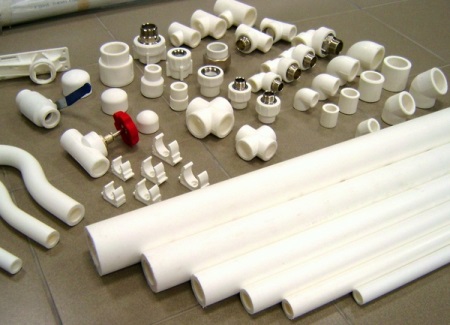
Dismantling old pipes
To dismantle old pipes, a hammer with a chisel may be enough, but sometimes you cannot do without a grinder or a hole punch. It is necessary to adhere to the following order of work:
- The water is turned off in the entire house or apartment. Then carry out the dismantling of inputs.
- Next screw outdated inlet taps, cut off the pipes and screw in new ones.
- Inlet taps are closed, and then the water can be turned on.
- The old pipes should be drained as much as possible, disconnect faucets and other appliances.
- Pipes are disconnected from the sewer and you can safely cut them.
It is impossible to remove the steel dowels from brick or concrete walls, so they are simply cut with a bolt cutter. New pipes are better to lay as close to the floor as possible, so as not to put a hole in the walls.
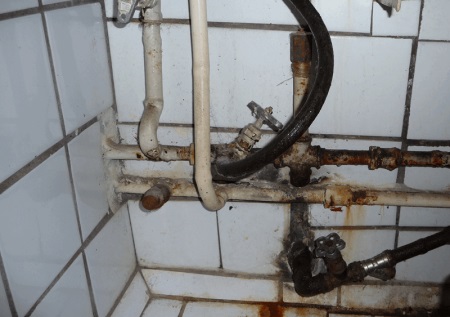
Stages of installation work
As already mentioned, independently replace the pipes in the bathroom is difficult, but easy. It all depends on the amount of work expected, the availability of the necessary tools and skills to work with them.
The process of installing pipes may vary from one environment to another, but the standard steps are as follows:
- If all the preparatory work and disassembly is completed, a filter is installed after the shut-off valve and the meter. This is also done at the hot water inlet.
- Counters are placed so that special arrows on them show the direction of water flow.
- Then the installation of the pipes is carried out directly. This process depends on their type. Since some of the highest quality - polypropylene pipes, then let's consider the process of installation on their example. Having cut the pipes into separate fragments, they are connected in the right places, glued or welded with a soldering iron.
- For connections, various adapters, corners, elbows and special couplings are sold that allow you to connect pipes of different metals.
- The heating time of the pipe and fitting with a soldering iron depends on their diameter. You can learn about this from the instructions to this tool. Plastic dries and hardens in less than a minute.
- Since hot water expands a bit polypropylene pipes, it is not allowed their rigid attachment to the wall. It should be sliding, which can be achieved by using plastic clips attached to the wall dowels.
- Experts recommend installing separate ball valves for the washing machine, boiler, shower and other appliances in the bathroom and kitchen. They only shut off water to a specific item, so it does not need to be shut off throughout the house when repairing a single appliance.
- All threaded connections must be securely sealed.
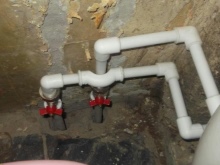
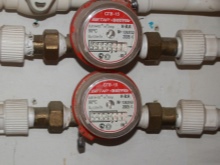
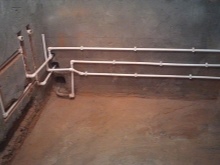
To check the work of the drain, you need to turn on alternately cold and hot water. If for 10 minutes there are no leaks at the joints, then you can talk about successfully completed replacement of pipes in the bathroom.
